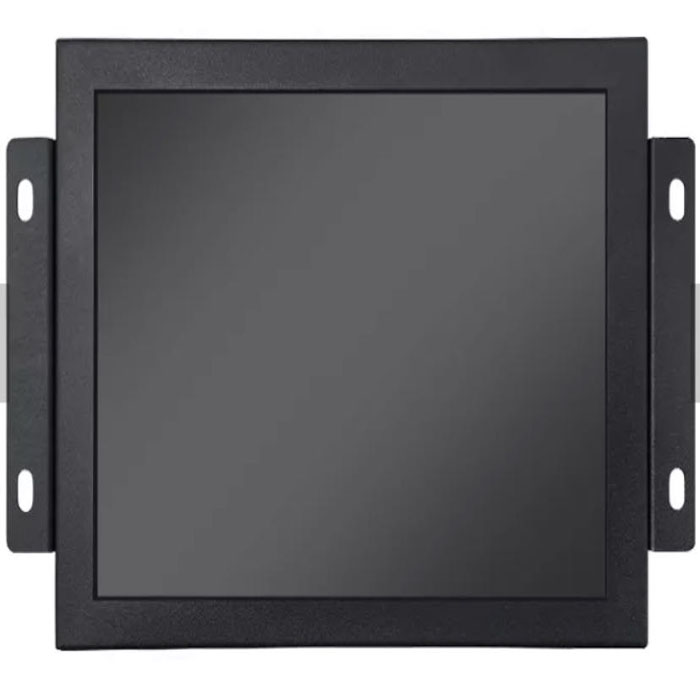Panel mount industrial LCD monitors come in a variety of screen sizes to accommodate different applications and installation requirements.
Small Screen Sizes
7 inches: Often used in compact spaces or for specific industrial equipment where space is limited.
8 inches: Slightly larger than the 7-inch models, suitable for small control panels and embedded systems.
10.1 inches: Common in applications where a balance between compact size and readability is needed.
Medium Screen Sizes
12.1 inches: Popular for many industrial applications, offering a good balance between size and usability.
15 inches: Frequently used in control rooms and operator interfaces, providing ample screen real estate for detailed information.
17 inches: Suitable for applications requiring larger displays for better visibility and more detailed content.
19 inches: Often found in environments where additional screen space is necessary for monitoring and control tasks.
Large Screen Sizes
21.5 inches: Ideal for detailed monitoring and control applications, offering high resolution and clear visibility.
24 inches: Provides a large display area for complex applications, such as SCADA systems and multi-parameter monitoring.
27 inches: Used in applications that require extensive data visualization and interaction.
Extra-Large Screen Sizes
32 inches and above: Typically used in control rooms, command centers, and other environments where large-scale display of information is crucial.
Considerations for Choosing Screen Size
Application Requirements: The specific needs of your application will dictate the appropriate screen size. For example, detailed monitoring tasks may require larger displays, while simple control functions might be adequately served by smaller screens.
Available Space: The physical space available for installation will impact your choice. Ensure the chosen size fits well within the designated area without obstructing other equipment or controls.
Viewing Distance: Consider the typical viewing distance. Larger screens are better for longer viewing distances, while smaller screens are suitable for close-up use.
Resolution: Higher resolution is important for larger screens to maintain image clarity and readability. Ensure the resolution is appropriate for the screen size to avoid pixelation.
User Interaction: If the monitor is intended for touch interaction, ensure the screen size is comfortable for users to operate without strain.
Budget: Larger and higher-resolution screens tend to be more expensive. Balance your needs with your budget constraints.

